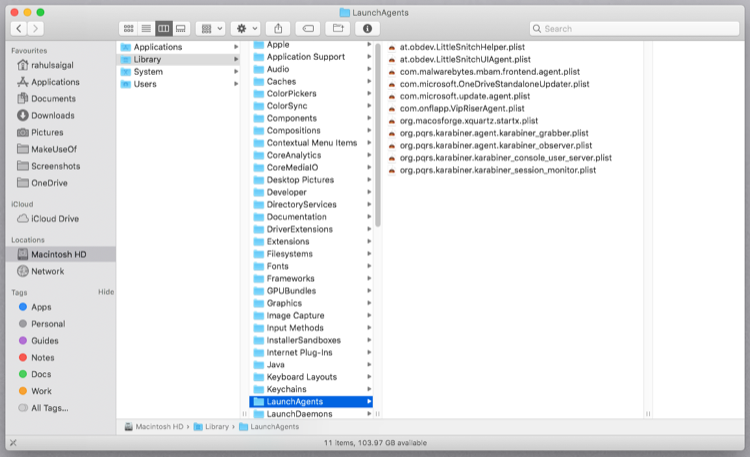

- MAC STARTUP PROGRAMS REMOVE HOW TO
- MAC STARTUP PROGRAMS REMOVE FULL
- MAC STARTUP PROGRAMS REMOVE DOWNLOAD
It'll help you clean up gigabytes of disk space in just minutes (you can download it here).
MAC STARTUP PROGRAMS REMOVE HOW TO
Or, even better, if you’re looking how to clear space on Mac, we’d highly recommend a utility called CleanMyMac X. So, if you’re not really interested in what it is and why it happens, just skip the next two sections and head to “ How to Clean Your Startup Disk”.
However, we also understand that some people are short on time and just want to fix startup disk full. How to prevent "Your disk is almost full" problem?.What's causing "Your disk is almost full" alert?.


However, on newer macOS versions this message has been changed to “Your disk is almost full.”īut luckily, it’s a problem that has many solutions.
MAC STARTUP PROGRAMS REMOVE FULL
But to help you do it all by yourself, we’ve gathered our best ideas and solutions below.įeatures described in this article refer to the MacPaw site version of CleanMyMac X.Ī full startup disk is something that every Mac user will experience. This problem used to be known as “Startup disk full” notification. Other explanations for mystery processesĪlthough these methods are the most common ways to launch apps automatically in macOS, they aren’t the only ones.So here's a tip for you: Download CleanMyMac to quickly solve some of the issues mentioned in this article. plist file that tells macOS to launch it. To see what’s running at the moment, open Activity Monitor-but bear in mind that the name of a given process as shown in Activity Monitor might not resemble the name of the. Repeat the command with load instead of unload to turn it back on.īecause most launch items run on a schedule or on demand, and because any of them could be disabled, the fact that something is present in one folder doesn’t necessarily mean the process it governs is currently running. It unloads the launch agent that enables AppleScript folder actions. An easy way to add an item’s full path is to drag it to the Terminal window) For example, take this command: launchctl unload ~/Library/LaunchAgents/.plist If you want to stop a launch item from running without your having to restart, open Terminal and type launchctl unload followed by a space and the full path to the launch item. Sometimes these launch items run constantly in the background, sometimes they run at scheduled intervals, and sometimes they run as needed-for example, in response to an event such as a change in a certain file or folder-and then quit. plist documents that specify what should launch and under what circumstances. Instead of opening apps directly, launchd loads specially-formatted. This provides more flexibility for developers but it is less transparent to users. Since OS 10.4 Tiger, Apple has given developers another mechanism for launching items automatically: launch daemons and agents that are controlled by the launchd process. Normally your /System/Library/StartupItems folder should be empty but if it contains something that you don’t use anymore, you can drag the unwanted item to the Trash to prevent it from loading automatically the next time you start your Mac. Apple now discourages the use of the StartupItems folders, but some old apps might still use them. StartupItems folderĮarlier versions of macOS relied on two folders- /Library/StartupItems and /System/Library/StartupItems-to hold items designated to load when you start your Mac. IDG Everything in the Login Items list-whether added by you or by an app-opens automatically when you log in.


 0 kommentar(er)
0 kommentar(er)
